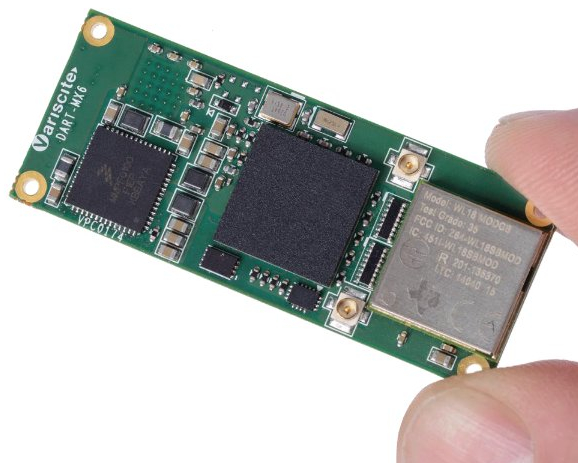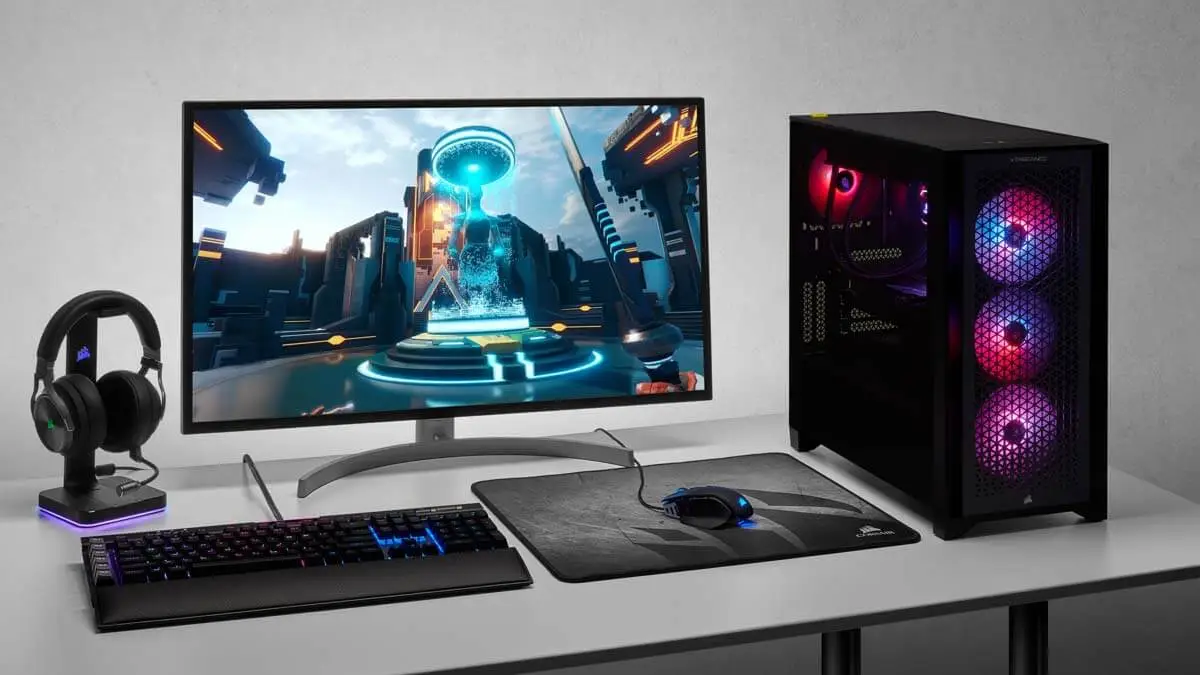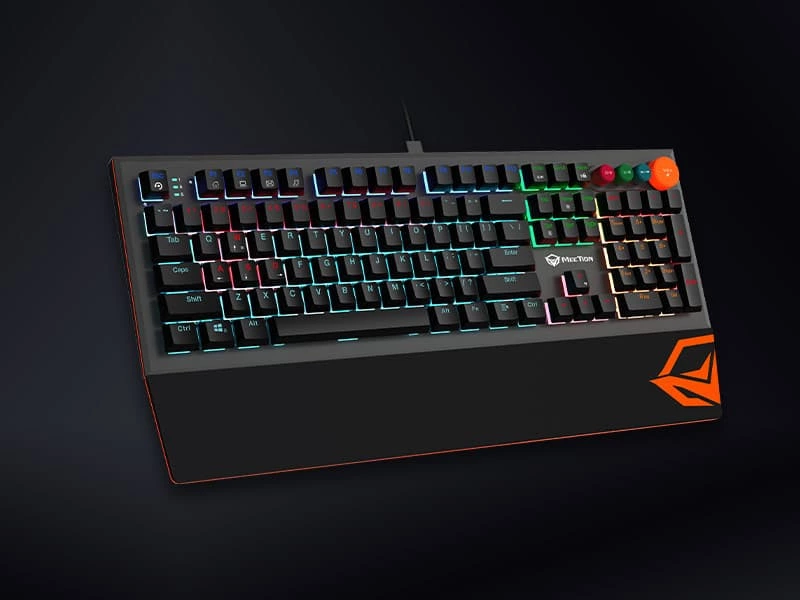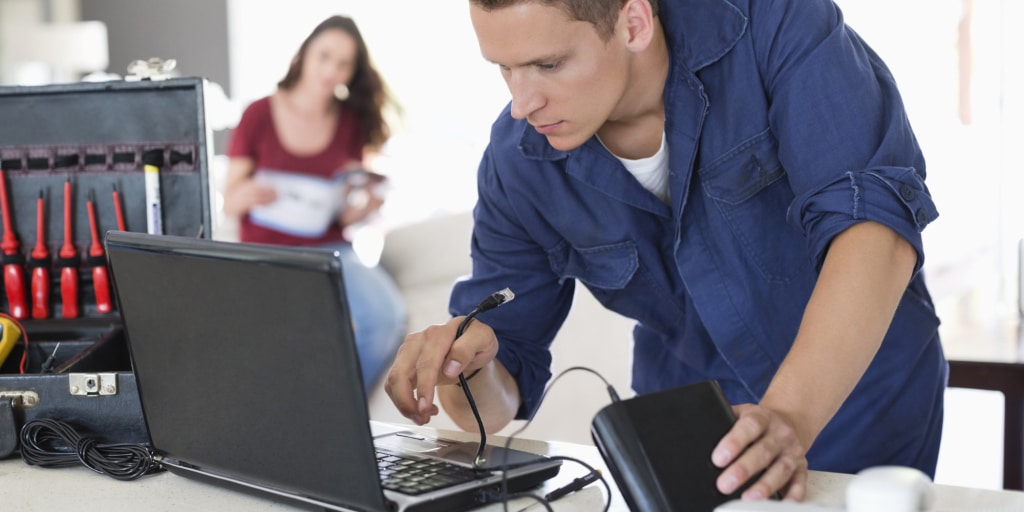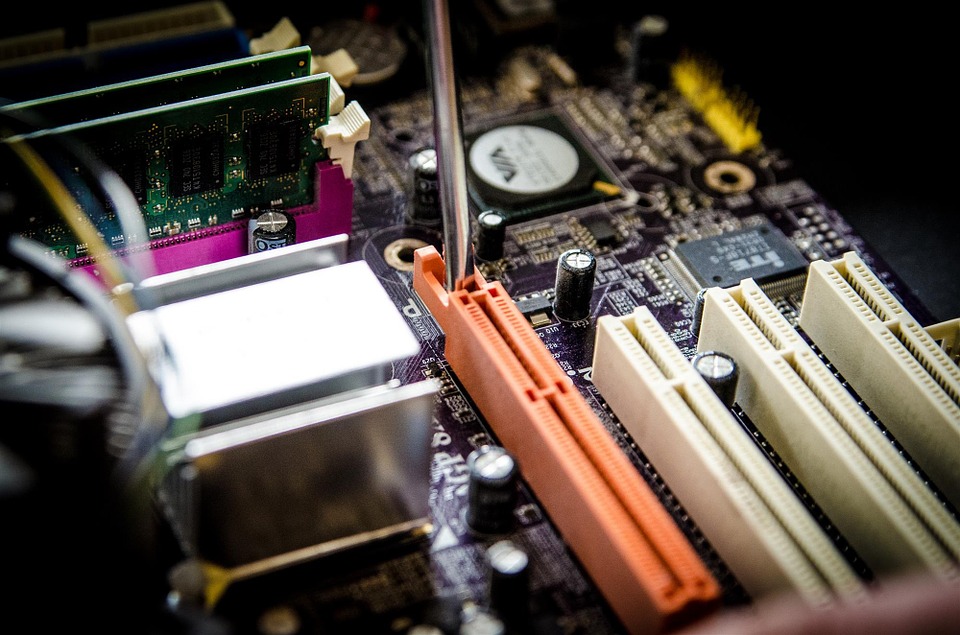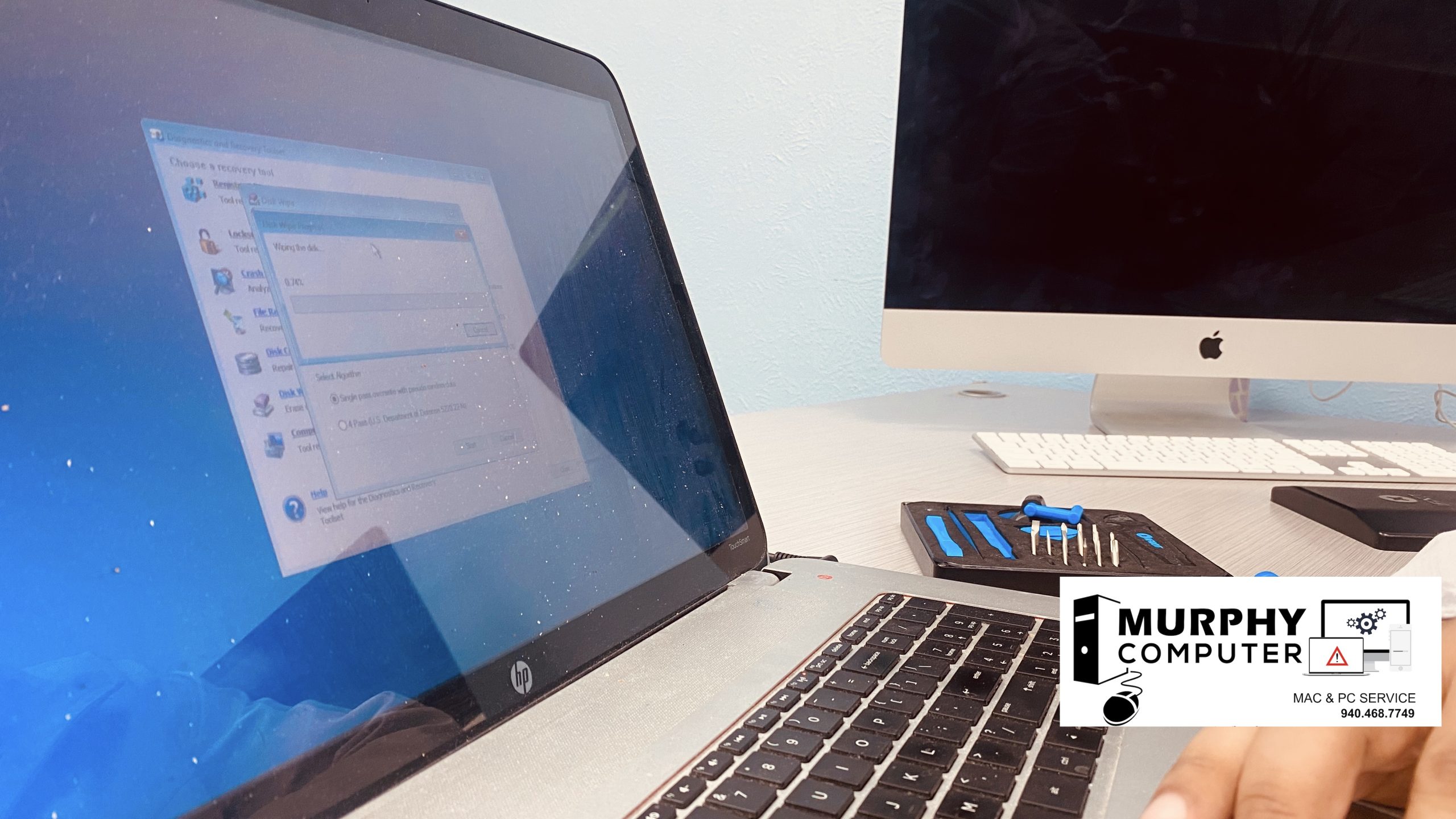As their name suggests, graphics cards are responsible for generating the images that appear on your screen. They translate the computer’s data into information that can be displayed as an image. Graphics cards are one of the most important components in a computer, especially for gamers or anyone who uses their computer for resource-intensive tasks like video editing. A graphics card comprises several parts, including a central processing unit (CPU), memory, cooling system, and connectors.
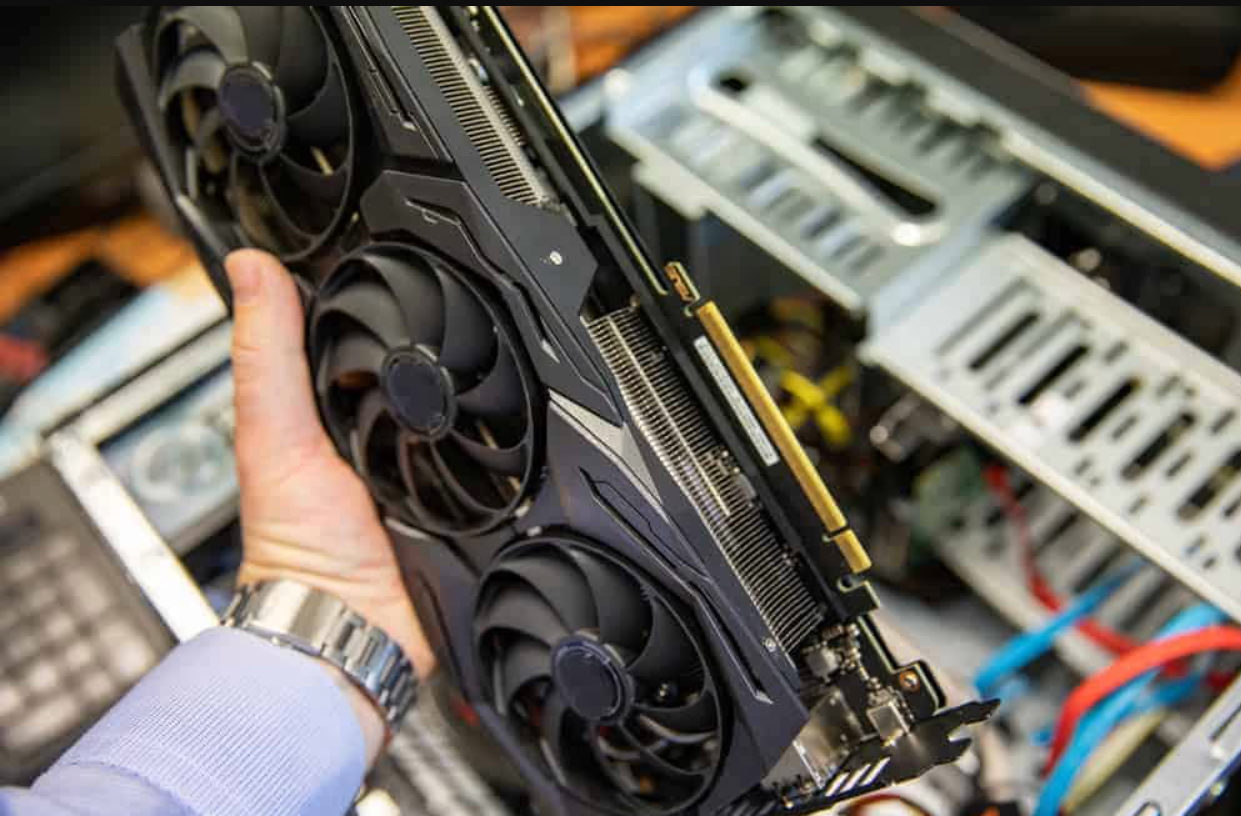
The GPU is the most important part of the graphics card, as it is responsible for translating data into an image. The other parts of the graphics card are there to support the GPU and help it run as efficiently as possible. A graphics card first takes the data from the computer’s CPU and memory and stores it in its own memory.
This is important because the CPU can only process so much data at a time, and if the graphics card didn’t have its own memory, it would have to constantly be asking the CPU for more data, which would slow down the entire process. Once the data is in the graphics card’s memory, the GPU can start working on translating it into an image.
This process is very complex and involves a lot of calculations, but in general, the GPU breaks the data down into small pieces, each of which represents a single pixel on the screen. It then calculates what color each pixel should be and how bright it should be. Once the GPU has finished calculating all of the pixels, it sends the information to the monitor, which displays the image.
Best external graphics cards are constantly working on translating data into images, and they have to do this very quickly because we expect to see smooth, fluid motion on our screens. If a graphics card is having trouble keeping up with the demands of the computer, we may see choppy or laggy motion, or the image may appear blurry. This can be frustrating, especially when gaming or watching videos. For more information about best graphics cards visit Now Build Super PC.
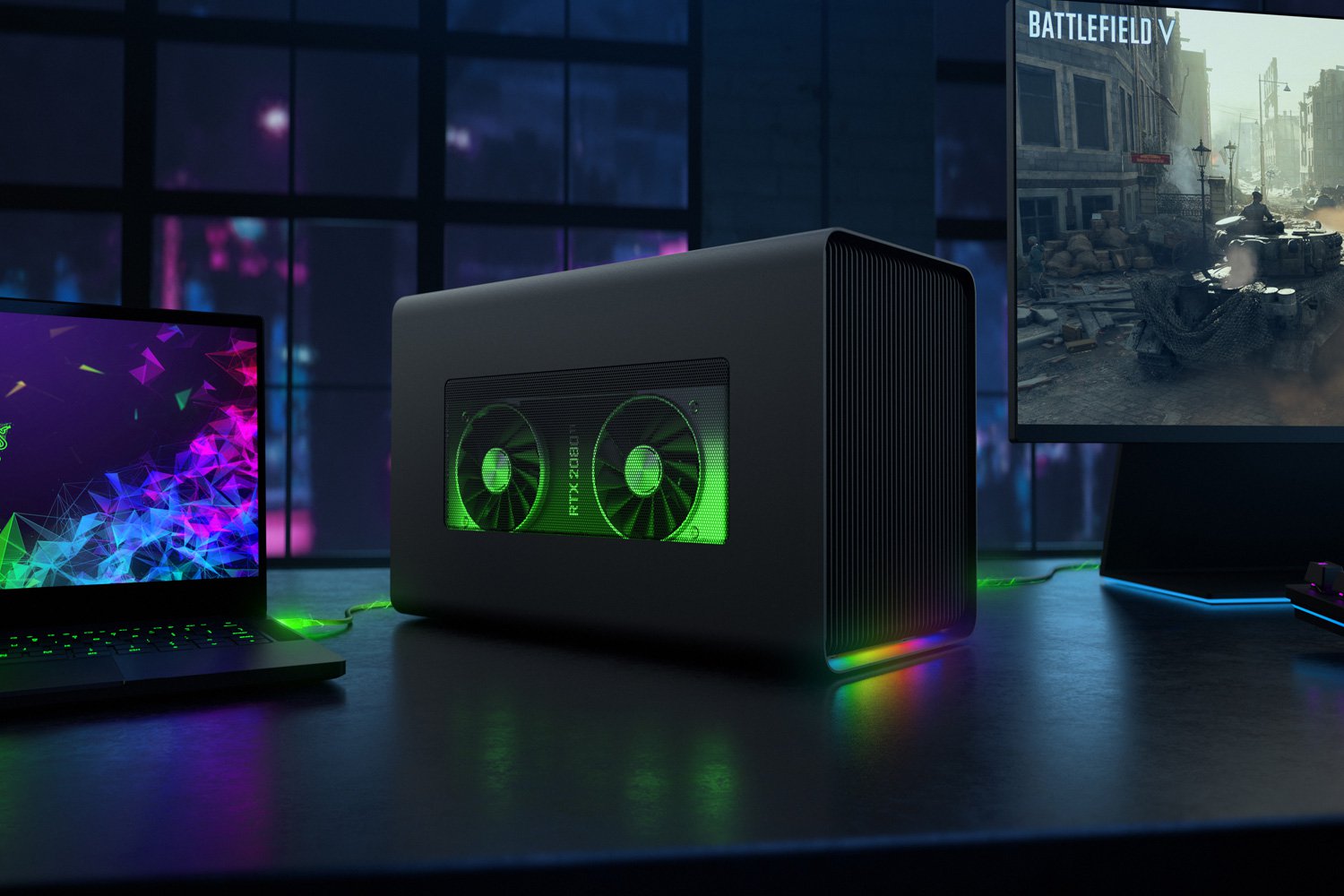
How to Imrpove Your Graphics Card?
There are a few things that you can do to try and improve the performance of your graphics card. One is to make sure that it is properly cooled. If the GPU gets too hot, it will start to slow down in order to prevent damage. You can help keep your graphics card cool by making sure that there is good airflow inside your computer case and that the graphics card is not obstructed by anything.
Another thing you can do to improve performance is to update your drivers. Drivers are small pieces of software that tell your computer how to use specific hardware, and manufacturers are constantly updating them to improve performance and fix bugs. You can usually find the latest drivers for your graphics card on the manufacturer’s website.
Finally, if you are still having trouble with your graphics card, you may need to upgrade to a better model. This is especially true if you are a gamer or if you use your computer for resource-intensive tasks. If you do decide to upgrade, make sure to do your research so that you get a graphics card that is compatible with your computer and that will meet your needs. Now that you know a little bit more about graphics cards, you can start troubleshooting any problems you may be having with yours. And if you’re ever in the market for an upgrade, you’ll be able to make an informed decision about which graphics card is right for you.


